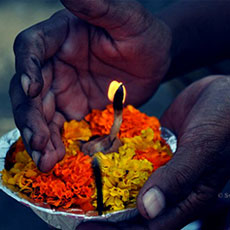
Look at the irony of life. These hands that sell dreams and wish makers cannot dream for themselves. A thirteen year old boy sells wish-makers, holy paper bowls of flowers and incense sticks on the banks of river Yamuna near Mathura. In Hindu religion, rivers are considered sacred and have the power to cleanse souls.
- by Sejal Mehta , 30 January 2023
This photo essay consists of the effect of climate change in South Asian countries over the past eight years.





From the above examples, it is evident that climate change has a huge impact in South Asia and causes serious damage to the environment.
References
Rashid, P. (2015). A family trapped by the flood water at tala, Satkhira. The Diplomat. Retrieved December 4, 2022, from https://thediplomat.com/2015/10/climate-crisis-in-bangladesh
Winter, S. (2017). Researchers have found the Maldives' reefs are 'dying and in decline'. Express. Retrieved December 4, 2022, from https://www.express.co.uk/news/nature/838600/Maldives-coral-Great-Barrier-Reef-destroyed-decline-conservation
Forest area near Dharamshala was engulfed in flames on Tuesday night. (2018). Times of India. Retrieved December 4, 2022, from https://timesofindia.indiatimes.com/city/shimla/forest-fires-singe-himachal-claim-four-lives/articleshow/64409165.cms
Chautard, A. (2019). “When I was growing up, the mountain was always covered in snow, but now we can see the black of the mountain” explains Tham pointing at the surrounding dramatic Himalayan peaks rising over 7,000 metres. The Third Pole. Retrieved December 4, 2022, from https://www.thethirdpole.net/en/climate/photo-essay-mustang/.
Majeed, A. (2022). Displaced people take refuge along a highway after fleeing from their flood-hit homes in Pakistan's Charsadda district on August 2. CNN. Retrieved December 4, 2022, from https://edition.cnn.com/2022/08/29/world/gallery/pakistan-flooding/index.html
- by Purvi Sharma , 30 January 2023

The picture is either taken from atop a high-rise or from an airplane/helicopter.
We know change is the only constant, but a drastic change occurred in 2020, whose consequence was sickness, death, and fear of a magnitude that has eclipsed even a full-blown war.
The COVID-19 situation in India took even the staunchest of optimists by surprise, tending towards absolute shock and horror. The decision to lock the nation down abruptly was in no way the worst. Still, given the context of top officials knowing this virus at least three months before the situation worsened, it shows that the government is still one of trial and error even after 74 years of Independence.
In a country with 1/6th of the world's population clustered in a mere 3% of the world's landmass, a deadly virus that spreads quickly through contact is a recipe for disaster if not managed early and properly. The early option was thrown out of the window when government officials decided not to act swiftly on the news of this outbreak in neighboring China.
Donald Trump's visit to India amidst much 'fanfare' was essential in boosting economic and socio-political relations between the two countries. It attracted large crowds and gatherings, as is expected in these kinds of events in our country. Yet, a foreign Muslim meeting in New Delhi a month later was given the face of Covid-spread in the country. The blue-touch paper was lit, and media persons swarmed this event as if this swarming in itself wasn't aiding the virus' spread.
Religion, culture, and societal divide play an essential and active role in our country's politics. However, the deaths of millions of citizens, regardless of caste, creed, sex, religion, and economic status, did not deter our political leaders from making this a huge political issue. This photograph, taken from an aerial view, shows the acceptable margins between life and death a few feet apart. Funeral pyres of covid-infected bodies were burnt amidst the shrill cries of their loved ones who had to wait inconsolably in a queue to complete the last rites of their loved ones. Cremation centers ran out of room; hence, some bodies were unceremoniously dumped in landfill sites, taking the deferral route. While on the other side, people still alive were subjected to constant fear for their lives as human contact became taboo.
No matter what religion we practice, Indian society always shows the greatest respect to the deceased. However, in 2020, we witnessed how heartlessly the bodies of COVID-infected people were either thrown into empty pits or burned hastily without any rites. Some were even just thrown into the rivers and oceans as the officials were running out of ideas to combat this massive body count that had piled up due to poor decision-making and making up racial stereotypes.
We need expert decision-makers and disaster management planners even to control the severity of this mess, let alone clean it up thoroughly.
-by Lucie Godfrey , 30 January 2023
Since the 2003 invasion of the US-led coalition ousted Saddam Hussein, Iraq has been on a rocky path to reconstruction. This path has not remained linear as after decades of dictatorship Iraq continued to be marred by corruption, political turmoil, sectarian tensions, and extremist insurgencies. The following photo essay depicts some of the efforts made towards reconstruction and rebuilding despite these challenges, linking these examples to the four pillars of the Center for Strategic and International Studies’ Post-Conflict Reconstruction Task Framework: security; justice and reconciliation; social and economic well-being; and governance and participation (CSIS) (CSIS, 2002).
Security

Within the CSIS framework, during the initial response phase, the goal is to ‘establish a safe and secure environment’ (CSIS, 2002, p. 4) by controlling belligerents, protecting civilians from violence, and restoring territorial integrity. At its height, the Islamic State held approximately one-third of Iraqi territory. Re-securing this land and enforcing disarmament and demobilization is critical to facilitating the implementation of other pillars and phases of reconstruction and a crucial building block on the road to rebuilding post-conflict.
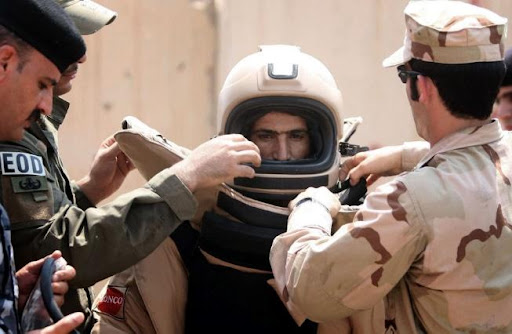
As reconstruction progresses into the transformation stage, the development of stable and legitimate security institutions is vital. This primarily addresses the reconstitution of a country’s armed and non-armed security forces to enforce and ensure peace based on the rule of law. In Iraq, external military powers led by the U.S. were essential in managing security threats and preparing the Iraq security forces to hand over control through such exercises.
Justice and Reconciliation
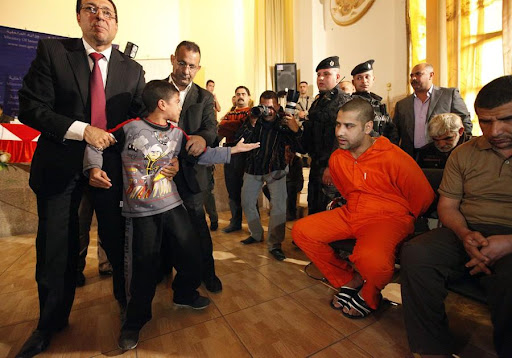
The imposition of an impartial and transparent legal system is essential to resolve grievances caused by conflict by exacting appropriate penalties and enforcing the rule of law. These mechanisms can contribute to breaking cycles of conflict, notably when including restorative justice practices, such as reconciling victims and perpetrators.
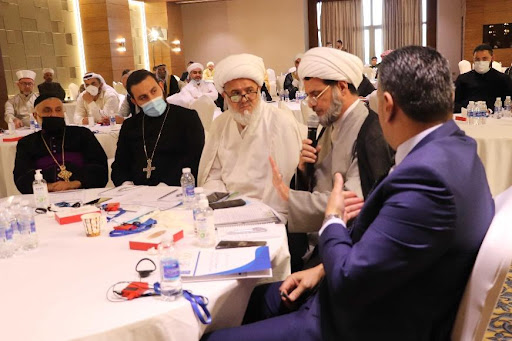
Reconciliation and cohesion activities inclusive of diverse actors facilitate community rebuilding and foster informal mechanisms for dispute resolution without violence. Although CSIS recommends externally facilitated ‘Truth Commissions’, this strategy has not been undertaken in Iraq. Instead, there are efforts to promote reconciliation through other activities, such as the ISCP. Since sectarian violence has contributed to unrest in Iraq for many years, this is a significant step in this context.
Social and Economic Well-Being
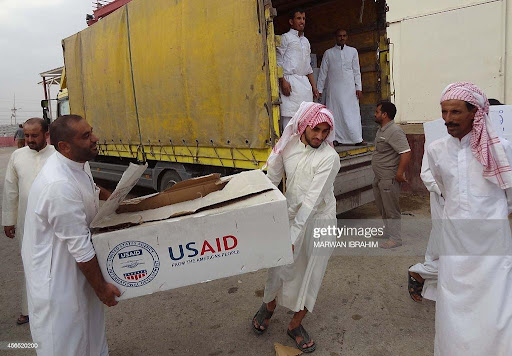
Often going hand in hand with establishing security, addressing the urgent needs of the population is the first phase of reconstruction regarding social and economic well-being. This includes providing emergency food, shelter, and water for refugees and internally displaced persons (IDPs) and ensuring effective public health and sanitation systems are in place.
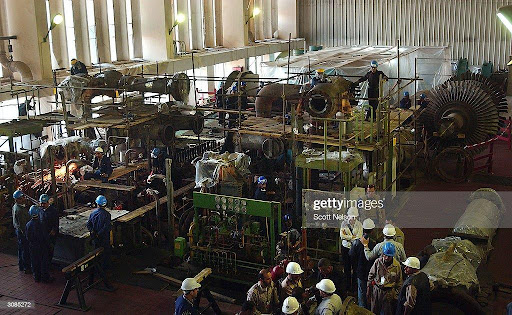
As post-conflict contexts stabilize, there is a shift to focus on sustainable and inclusive development to ensure the future economic well-being of the population. This includes rebuilding physical infrastructure and providing employment opportunities through projects such as rehabilitating the Daura Power Station. USAID prioritized this project in their reconstruction efforts in Iraq, investing approximately $55 million in partnership with U.S. contractor Bechtel and German sub-contractor Siemens. This is another example of the role of external actors and the impact of foreign investment and private-public partnerships in post-conflict rebuilding.
Governance and Participation
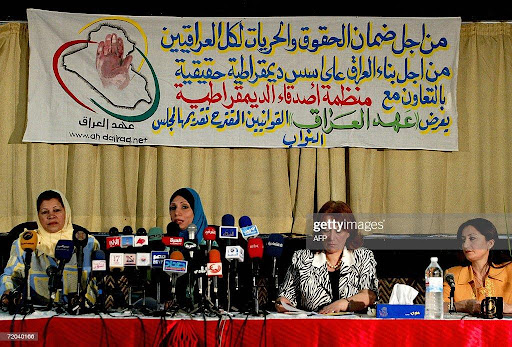
During the same conference, Prime Minister Nuri al-Maliki addressed Iraq’s civil society and academics, calling on them to ‘work to implement a policy of concord’ that would end the bloodshed. By engaging with these actors, the then Prime Minister reinforced the important role of civil society in reconstruction both in terms of reconciliation but also, as he says, being ‘responsible for spreading freedom and democracy’ (AFP, 2006). The open exchange of ideas through civil society, advocacy groups, and media is highlighted in the CSIS framework as key to encouraging participation that gives voice to the population and legitimacy to political decision-making processes.
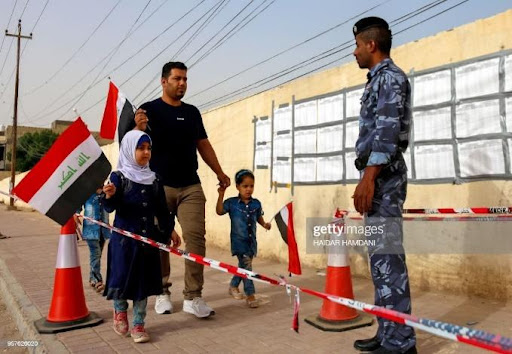
Post-conflict elections are central to advancing democracy and, therefore, the legitimacy and authority of a new government. Participation in elections determines representation once new constitutional processes have been determined. Within the CSIS framework, elections are planned during the earlier phases but conducted in the latter stages of reconstruction after effective political and administrative institutions have been established. This includes public sector and civil services, as well as legislative strengthening that gives weight to the mandate of elections and enforces a social contract of transparency and accountability between leaders and the populace.
References
AFP. (17 September 2006). US pledges more troops for Baghdad. Dozens of corpses found. [News Article]. The Daily Star. Retrieved from http://archive.thedailystar.net/2006/09/17/d609171303101.htm
Al-Rubaye, Ahmad. (2010). [Photograph]. AFP, Getty. Retrieved from https://www.theatlantic.com/photo/2018/03/photos-looking-back-at-the-war-in-iraq-15-years-after-the-us-invaded/556028/#img40
Center for Strategic and International Studies (CSIS). Post-Conflict Reconstruction Task Framework. (2002). Retrieved from https://csis-website-prod.s3.amazonaws.com/s3fs-public/legacy_files/files/media/csis/pubs/framework.pdf
de Castro, Erik. (2017). [Photograph] Reuters. Retrieved from https://www.reuters.com/article/us-mideast-crisis-iraq-islamicstate-idUSKBN1E30B9
Flores, Thomas & Nooruddin, Irfan. (2012). The Effect of Elections on Post-conflict Peace and Reconstruction. The Journal of Politics. 74. 10.1017/S0022381611001733.
Hamdani, Haidar. (2018). AFP via Getty Images. [Photograph] Retrieved from https://www.gettyimages.in/detail/news-photo/member-of-the-iraqi-security-forces-watches-an-man-and-news-photo/957626020
Ibrahim, Marwan. (2014). [Photograph]. AFP. Retrieved from https://www.gettyimages.in/detail/news-photo/iraqi-men-unload-humanitarian-aid-supplies-provided-by-the-news-photo/456520200
Nelson, Scott. (2004). [Photograph] Getty Images. Retrieved from https://www.gettyimages.in/detail/news-photo/iraqi-engineers-and-construction-personnel-work-to-restore-news-photo/3085272?adppopup=true
Sami, Wisam. (2006). [Photograph] AFP via Getty Images. Retrieved from https://www.gettyimages.in/detail/news-photo/members-of-the-iraqi-friends-of-democracy-organisation-hold-news-photo/72040166?adppopup=true
Shalash, Saad. (2011). [Photograph]. Reuters. Retrieved from https://www.theatlantic.com/photo/2018/03/photos-looking-back-at-the-war-in-iraq-15-years-after-the-us-invaded/556028/
UNDP. (2022) [Photograph]. UNDP. Retrieved from https://www.undp.org/iraq/projects/iraq-social-cohesion-programme
- by Bhavya Aggarwal , 30 January 2023
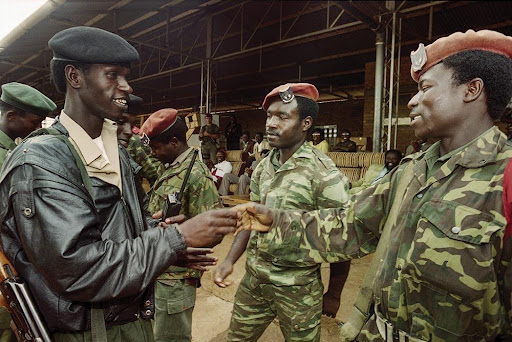
The Rwandan Genocide was a premeditated campaign of violence and mass murder conducted by the Hutu population's extremists, the majority population in Rwanda, against the minority Tutsi population. The genocide from April to July 1994 led to the killings of around 8,00,000 civilians, which majorly consisted of the Tutsi population but also people from the Hutu population. The colonial governments during German and later Belgian control generally favored the Tutsi at the expense of the Hutus. They supported the Tutsi monarchy and mandated that all local chiefs be Tutsis. This "divide and conquer" policy was the main reason behind the genocide, as it turned the Tutsis into emblems of colonial oppression for the Hutu majority. After independence, violence was fuelled by the resentment brought on by the colonial divide-and-conquer tactics. Juvénal Habyarimana, the president of Rwanda, died, which sparked the genocide. On April 6th, 1994, an unidentified missile shot down Habyarimana's aircraft. The killing spree that government-aligned forces planned to start on April 7th finally got underway when Habyarimana, a Hutu, was killed. Since the genocide, many initiatives have been taken for post-conflict reconstruction, reconciliation, and peace-building in Rwanda.
The first picture shows one of the first signs of reconciliation as two soldiers from opposite ends of the conflict shake hands. This is among the first steps toward conflict resolution and peacebuilding between the two communities. The second picture showcases a group of women who are part of a support group called Step Forward. Many dialogue clubs have since been created to provide women with a safe environment to talk and to empower them with the necessary tools to live peacefully without any tensions. The third picture shows a Tutsi woman accepting water from the Hutu man who murdered her husband. This powerful picture conveys an important message about how conflict resolution and reconciliation measures have helped bridge the gap between the two communities with such a violent history. The fourth picture is of one of the initiatives taken in the post-genocide reconstruction phase. The launch of an education mobile exhibition by the National Commission for the Fight Against Genocide or CNLG Executive Secretary Jean de Dieu Mucyo shows the efforts that organizations are putting in the fight against genocide and helping in the reconstruction of Rwandan society. The fifth picture brings in the aspect of education and how it is an essential tool in the reconstruction phase. Education will help bring the two communities together and help set up a system where disputes can be settled through peaceful methods. The last picture is the photo of the members of the Igiti cy' Umuvumu organization. Tutsi and Hutu people have come together to form such organizations, which help increase the unity among the communities and help in accepting and moving on from the trauma faced by the survivors and the perpetrators.

Rwanda has been making great strides in the reconstruction and reconciliation phase. There have been many initiatives that have been taken by the government as well as other independent organizations to foster peace between the two communities. The Rwandan government asserts that it is working to create the concept of "one nation," which will be free from ethnic divisions. The government of Rwanda has forbidden the use of ethnic identities like Hutu, Tutsi, or Tva and has asserted the citizens identify as "Rwandans." The government has also conducted several informal activities to encourage community cooperation. From the economic perspective, economic reform at the federal level has sparked quick and long-lasting economic growth that has helped many people escape poverty. The reasons for this economic expansion have been privatization and liberalization. It has also been accomplished by expanding employment options outside the agriculture industry, raising agricultural production, and encouraging small business ownership and entrepreneurship. In Rwanda, women have played a crucial role in the restoration and reconstruction. Women produce almost 70% of the nation's total agricultural output. Women also make up 57% of the adult working population. Women have also formed cooperative groups, development associations, and socio-professional organizations to take charge of the rehabilitation process.
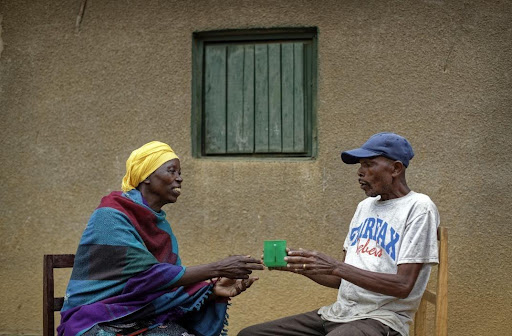
The government of Rwanda has also been focusing on providing employment and education to its citizens as a part of its development drive. It has been helping distribute state resources and increasing its reconciliation efforts between the affected communities. Initiatives such as The Ndi Umunyarwanda program or "I am Rwandan" campaign, where people talk about the history of the genocide and then repent their past crimes committed against the other ethnic group through a peaceful healing process. Umuganda, a day dedicated to collective community work such as repairing roads, cooperatives in which people of a village work together for community development, etc., has been stressed and implemented by Rwanda from the beginning of the reconstruction process. Reform and rehabilitation have been greatly aided by local organizations and projects as well. These organizations have engaged on numerous different fronts for community and economic empowerment.
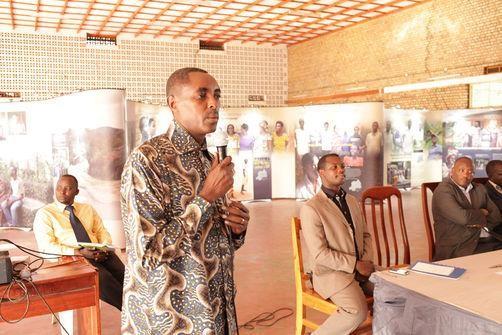
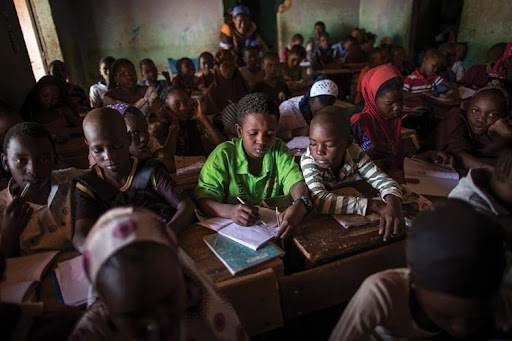
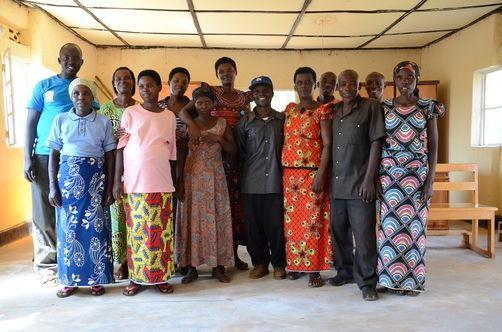
Rwanda has focused more on transitional justice than on economic restoration and development but is one of the most essential examples in the discussion of post-conflict reconstruction. A lot can be learned from the strategies used by the government and the organizations in the reconstruction process, which may have a long-term impact on peacebuilding between the two communities. In conclusion, Rwanda has been doing much for its restoration and reconstruction. It can be considered an excellent example of a country successfully using post-conflict reconstruction techniques to reduce the impact of the genocide and to better its society.
- By Ananya Doundiyal , 30 January 2023
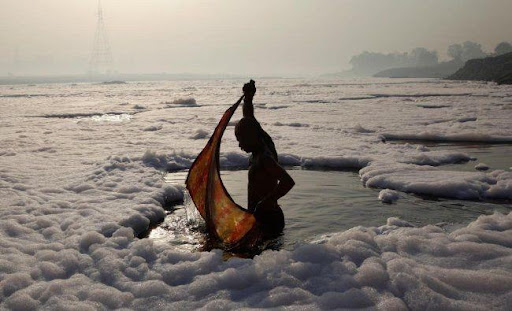
Post Diwali, the national capital and its adjoining regions experience a severe pollution crisis. The water bodies in Delhi, especially the Yamuna River near the Kalindi Kunj area, have become entirely toxic. A rower even claimed that the river was very toxic and hazardous. There are no fish in the river due to a lack of oxygen.
He said, “the water is very dirty from the past few days in the Yamuna. No one is doing anything to clean it up. Earlier we used to take a bath in the river and drink its water. Now, no one comes here.”
Yamuna river fulfills three-quarters of the capital’s water needs. Regardless, several industrial units pollute the water of the river daily. It should be noted that the cleaning of Yamuna is a part of the Namami Gange Mission. Consequently, the Government of India has been supplementing the states' efforts to check the river Yamuna's rising pollution levels at a River Ganga tributary. It has been providing financial assistance to the States of Haryana, Delhi, and Uttar Pradesh in a phased manner since 1993 under the Yamuna Action Plan (YAP).
The picture illustrates how pollution has destroyed the Yamuna River. Delhi government has banned the sale, storage, transportation, and marketing of soaps and detergents not conforming to the latest BIS parameters to curb pollution in the Yamuna River.
According to an official of the Central Pollution Control Board, the primary reason behind the formation of the toxic foam in Yamuna is the high phosphate content in the wastewater because of detergents used in dyeing industries, dhobi ghats, and households. These detergents and other organic matter get deposited in the riverbed when flowing naturally. This phenomenon leads to the formation of toxic foam all over the Yamuna River.
One of the advantages of the lockdown was lesser pollution in the Yamuna River. As industrial activity stopped and other commercial activities halted, the river cleaned itself. Thus, allowing numerous Indian and migratory birds to flock to its waters. However, as river pollution in the national capital remains poor, a thick layer of toxic foam has again enveloped the Yamuna River.
Despite the government’s expenditure of around 48 crores on sewer networks and treatment plants, industrial and sewage waste continues to flow into the Yamuna unchecked. The Karwan River joins the Yamuna named Jharna Nala, carrying industrial waste from Hathras. It remains full of chemicals that form a toxic foam where the two rivers meet. Today, people have turned away from the rivers. If they link their lives to the river again, seeing their plight, they will try to improve upon it. DR. K P Singh highlighted that a National River Commission should be set up, and a policy should be prepared for the conservation and flow of the rivers. It is necessary to clean our rivers as they are an essential part of civilization.
- By Avinav Singh Khatri
COVID-19, the modern-day catastrophe, the ongoing global pandemic, began as a health emergency and has since grown into a massive economic and 'people crisis.' Governments implemented lockdowns to contain the pandemic and save lives, leaving millions of people jobless. This pushed them into poverty and famine, and plunging the global economy into the worst recession since the Great Depression of the 1930s.
COVID-19 was first identified in December 2019 in Wuhan, China, and was declared a pandemic by the World Health Organization on March 11, 2020. Since then, the virus has spread dramatically nearly everywhere on the planet. This is also true in South Asia. Nepal was the first country in South Asia to disclose a confirmed case of Covid-19. Many people have died, and their livelihoods have been impacted. This pandemic has also harmed world economies. This pandemic has put South Asian economies to the test in terms of dynamism and resilience.
South Asia is one of the world's most densely populated regions. Over a third of the world's population is living in extreme poverty and hunger, fragmented social protection. There exist informality in economic activities and employment, wide gaps in public health infrastructure, and low rate of physicians per 1000 people, which ranges from 0.3/ 1000 to 1/1000 in countries of this region. As a result of all of these factors, the South Asian region is particularly vulnerable to large-scale infectious disease outbreaks. COVID-19's rapid spread in South Asia has endangered human lives and disrupted livelihoods. It affected trade, the economy, and businesses all around the world. Inequalities have widened, leaving millions of people unemployed, which has caused extreme poverty. South Asian countries entered into this pandemic unprepared. "Because of their large population, weak health facilities, high poverty rates, food insecurity and hunger, low socio-economic conditions, poor social protection systems, limited access to water and sanitation, and inadequate living space, South Asian countries have had to deal with a more difficult situation as a result of the pandemic" (1).
.jpg)
.jpg)
Governments have imposed a lockdown to control the spread of Coronavirus. To a greater extent, this has been a good move. However, things go differently for some. Though the lockdown effectively contained the spread, the poor have a bleak future ahead of them. This pandemic has adversely affected various countries' economies and shaken the socioeconomic order. Due to the pandemic, many businesses were shut down, leaving many jobless in multiple sectors. Low-income people, mainly daily wage workers in the informal sector, are more likely to have lost their jobs. As a result of the unemployment caused, an increase in the risk of hunger, food insecurity, and poverty is expected. Also, a considerable population in this community lacks access to health care. As a result of all these factors, we saw a colossal movement of people when governments first announced the lockdown.
THE BITTER REALITY
.jpg)
This pandemic has shown us that countries with nuclear weapons face oxygen shortages. South Asian countries are no different; these countries face even more oxygen scarcity. Without a robust plan of preparedness, a considerable population lacking access to healthcare, and weak public health infrastructure, South Asia enters into covid 19 crisis. This has caused upheavals in the healthcare system resulting in colossal damage and the loss of many lives.
Many people lost their lives just because of the oxygen shortage. What answer do we have to family members of those who lost their lives just because of oxygen shortage? This pandemic has shown a clear picture of our public health infrastructure, where we lack behind, and what we need to work on. Despite all loss and damage,, this pandemic has caused, governments are fighting hard against this covid 19 pandemic. However, we must be bold with our efforts and must try even more challenges to make everyone safe everywhere.
MODERN-DAY CATASTROPHE
.jpg)
This tragic and terrifying pandemic has caused an atmosphere of pain and fear everywhere. It profoundly impacts human lives, with screams and sobs being heard all around. No matter how much we claim to have made progress in medical science, this pandemic has shown a lapse in our healthcare system. The death of millions of lives worldwide is not only because of this virus but because of our collective failure. We all must work together to improvise our healthcare system. If nations can find the will to send people to the moon, they must find ways to provide their citizens access to health care. We must address this as soon as possible; otherwise, this fire will burn us down.
THE ULTIMATE SOLUTION
.jpg)
In this handout photograph taken on April 8, India's Prime Minister Narendra Modi (L) receives the second dose of the Covaxin Covid-19 coronavirus vaccine at AIIMS hospital in New Delhi.
— AFP.
Regardless of other endeavors to contain this pandemic, vaccination is the ultimate solution to fight the pandemic. The pandemic has taught us that no nation can survive and thrive independently. How many new variants of COVID-19 must arrive before implementing a worldwide vaccination action plan? How many more deaths must it take before the excess vaccines in possession of advanced countries of the world will be shared with those with simply no access to the vaccine? This global vaccine disparity is a grave danger. We must remember that no one is safe until everyone is safe. A robust vaccine distribution Plan is the need of the hour, and India has made its position clear in this regard by providing vaccine aid to its South Asian neighbor. Also, with more than 100 billion doses of vaccine produced, India emerges as a global vaccine leader.
The COVID-19 pandemic is projected to have significant and long-term economic and social consequences in South Asia, which is why these challenges must be effectively addressed.
References
Rasul, G., Nepal, A. K., Hussain, A., Maharjan, A., Joshi, S., Lama, A., Gurung, P., Ahmad, F., Mishra, A., & Sharma, E. (2021). Socio-Economic Implications of COVID-19 Pandemic in South Asia: Emerging Risks and Growing Challenges. Frontiers in sociology, 6, 629693. https://doi.org/10.3389/fsoc.2021.629693
- By Shivani Mago
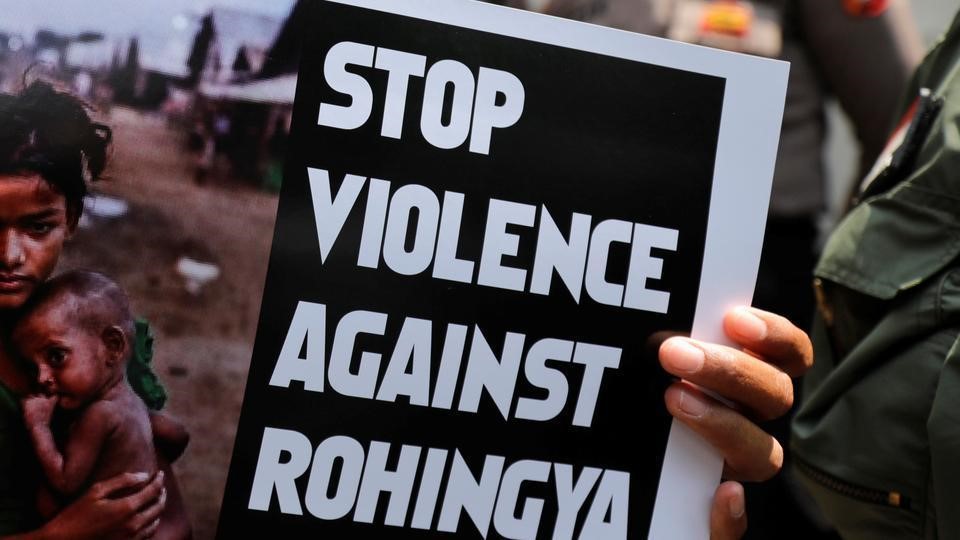
In an inter-religious conflict in the state of Myanmar, the tussle between the Rohingya Muslims and Rakhine Buddhists turned into one between the State and the minority community of the Rohingya Muslims. The mass exodus of the Rohingyas from Myanmar into the neighbouring nations is a classic example of limited international intervention within Myanmar, but the presence of international support for this community outside the state - that is support extended to refugees.
As Bangladesh opened its arms and barren land to some if not all, the “Bengalis” or the Forcibly Displaced Myanmar Nationals, who were forced out of their homes where they were already being treated as second-grade citizens, even as non-citizens and had been fighting for equal rights since the country secured its independence from the British in 1948. The exclusionary citizenship laws denied the Rohingyas any welfare, social and economic rights. Although time has progressed, the community's treatment has not improved, and the world saw another mass exodus in 2017.
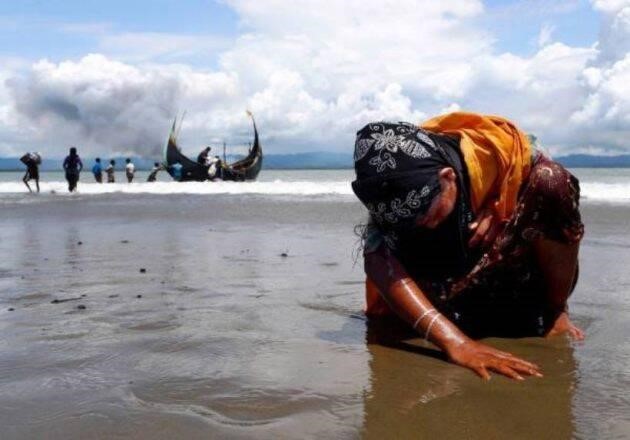
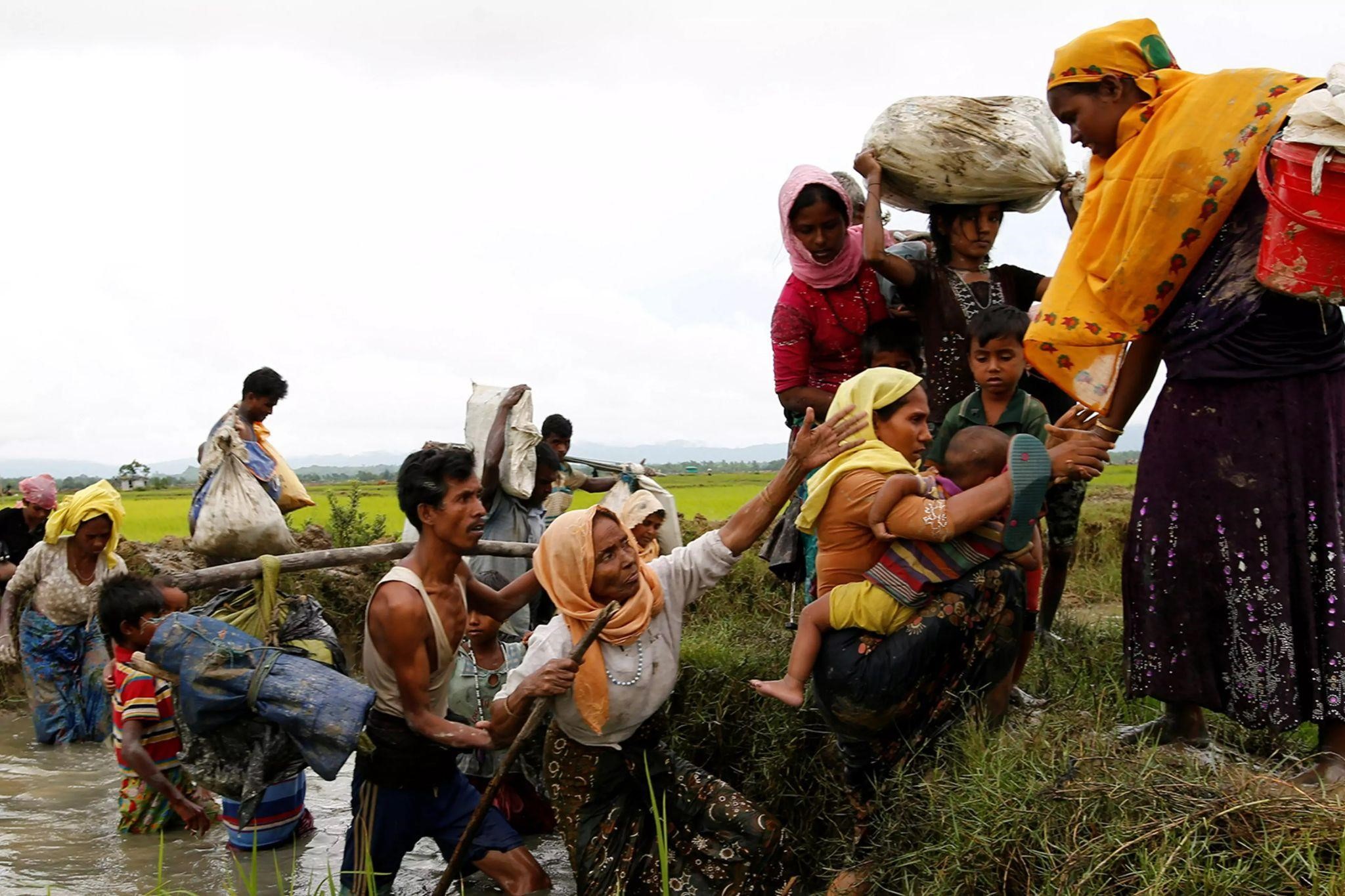
However, with the help of modern technology, this exodus was captured by international photojournalists. The above images showcase the relief of the refugees on reaching a safer space and how although they look alike, they are outsiders in Bangladesh more than they were in Myanmar.
While this is not the first time community members have had to flee home trying to nudge free of death, rape, forced labour, and persecution, historically, most of them have crossed to Bangladesh. According to the reports, the number was 200000 in 1977, 250000 in 1991-92, and 170000 in 2015. Simultaneously thousands of others were killed, put on fire, and brutally beaten, including the children. All of these have been documented by agencies of the UN and organizations like Human Rights Watch and Amnesty International.

Amidst news of widespread abuse against the refugees, most recently in 2017-18, Sanctions have been imposed by the US under the President Trump administration on military groups and some officials. However, the President fell short of condemning these attacks or calling them crimes against humanity. Furthermore, the UN urged the world to impose sanctions on businesses linked to the Myanmar military to avoid indirect financing of such abuses. Despite sanctions being imposed and the world agreeing on what the Rohingyas are going through, they have not made claims against the government at hand. Their condition is subjected to get worse after this year’s coup, which has again impelled further migration.
However, the international community is coming together to raise money through the UN agencies to provide basic necessities for the people in the refugee camps. The UN Office for Coordination of Humanitarian Affairs (OCHA), UN Migration (IOU), and the UN Refugee Agency (UNHCR) have been working on the humanitarian aspects of the issue. Joint response plans have been published and partnerships have been announced to raise funds that will further provide for the needs - food, housing, and sanitation of the Rohingya refugees.
Most recently, the UNHCR and the Japanese government have collaborated to provide protection and humanitarian assistance to refugees. Life-sustaining services will be arranged with the support of 500 million JPY or 3.5 million USD pledged by the Japanese.
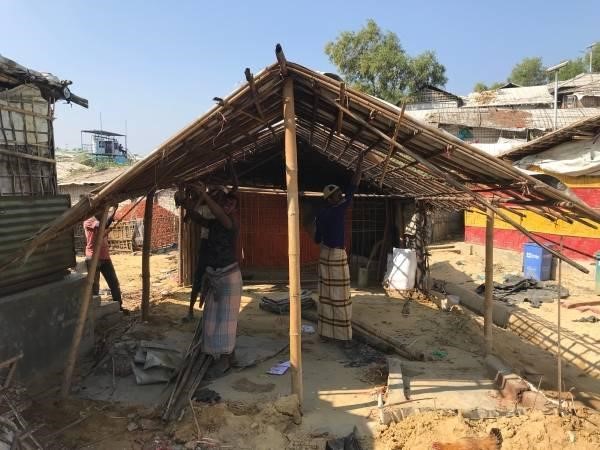

Further, the UN agencies have also provided critical and timely responses to the refugees in times of issues erupting in the camps due to monsoons and the pandemic. Bangladesh's refugee settlements and camps are prone to landslides, floods, and heavy rainfall. To ensure the good health and life of the refugees, the UNHCR has provided additional funds to the Bangladeshi government to “prepare and host the refugees.” Bangladesh’s government has further built roads, footpaths, better drainage facilities, and sustainable housing. Emergency aid and shelter kits have also been placed.
During the pandemic, too, efforts were taken to get the refugees vaccinated and prevent the disease from spreading in camps where already existing problems could expose the members more to the virus.
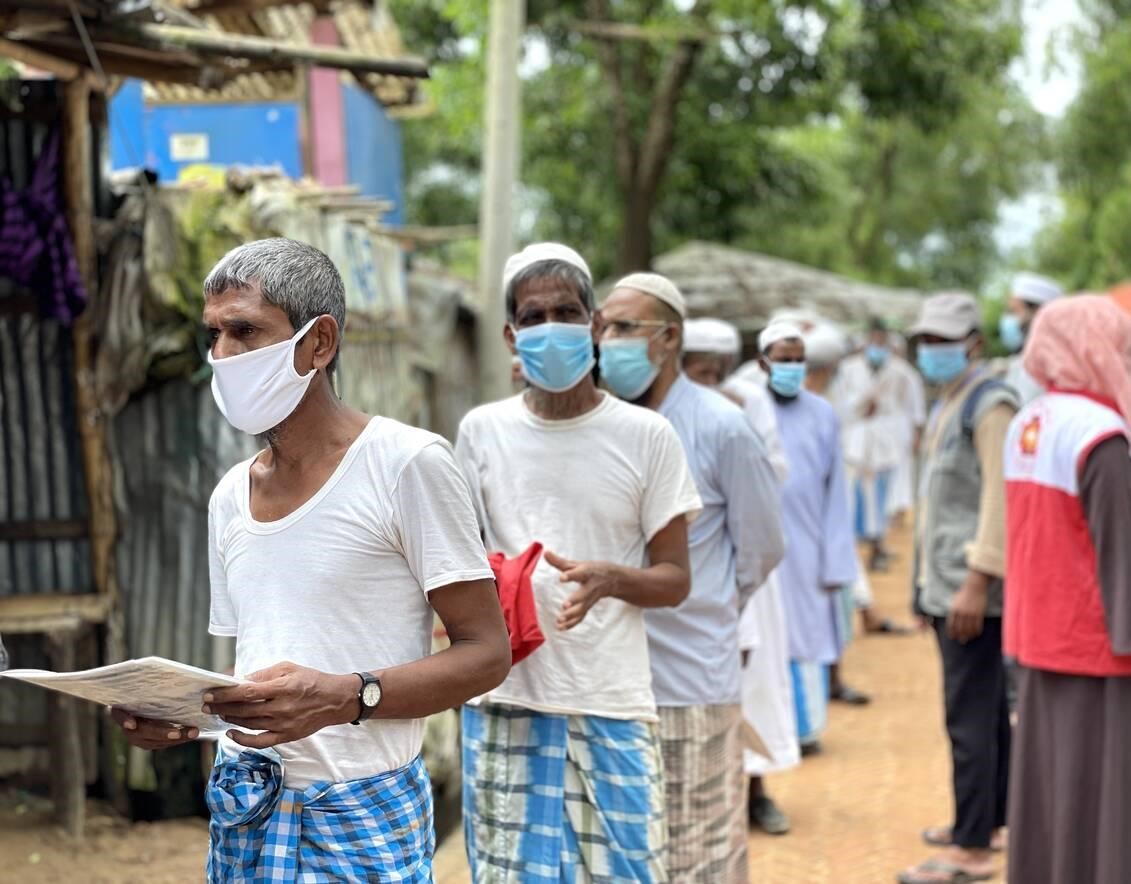
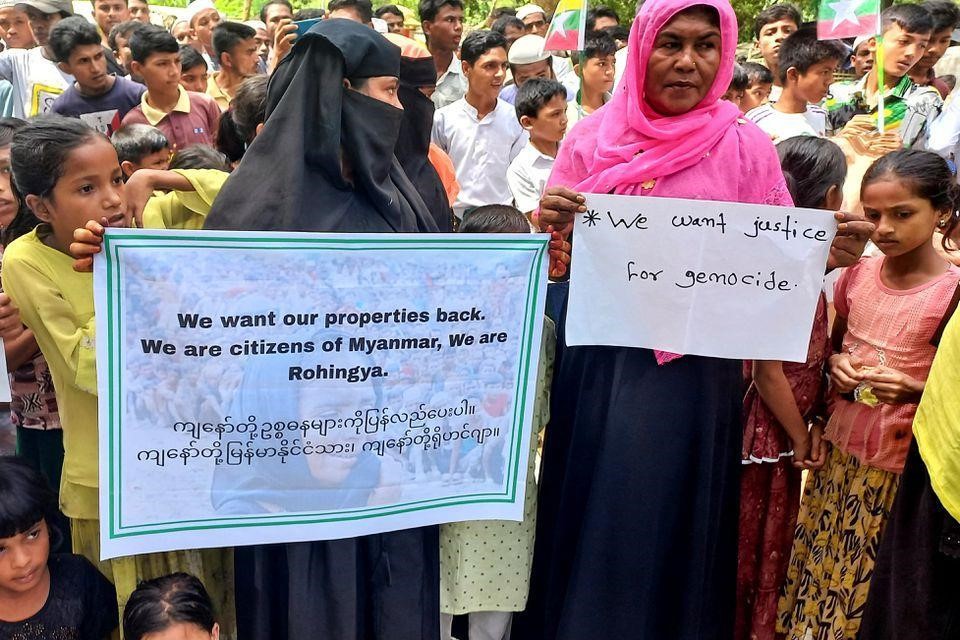
Five years on, there still has been no intervention to send the Rohingyas back to their homes, rehabilitate them, or resolve the conflict in Myanmar. They continue to be the “unwanted” people who cannot be sent back, nor can they be assimilated into the Bangladeshi population as they would be outsiders. The help the country can provide regarding food, security, and livelihood to the refugees is also limited. Gang attacks on the camps have led to the killing of many refugees and refugee leaders. There is a constant struggle to ensure life, livelihood, and security in refugee camps in Bangladesh. They are surrounded by the threat to life - from gang attacks, health issues, and hardly any means of education and livelihood.
The ideas of conflict resolution and reconstruction are distant from the issue as sufferers are away from the land, and some consider this as the “internal issue” of the country. Hence, international intervention stops at just sanctions, and regional players are almost missing. However, this collection of photos displays that the story is of the people, and the conflict is of their life, livelihood, and identity - all three of which are in danger. Owing to natural disasters, the pandemic, and the threat to them arising out of the ethnic issue accelerated due to the recent coup, safeguarding their life is of utmost importance, and that is what has been worked towards when it comes to conflict management and resolution.